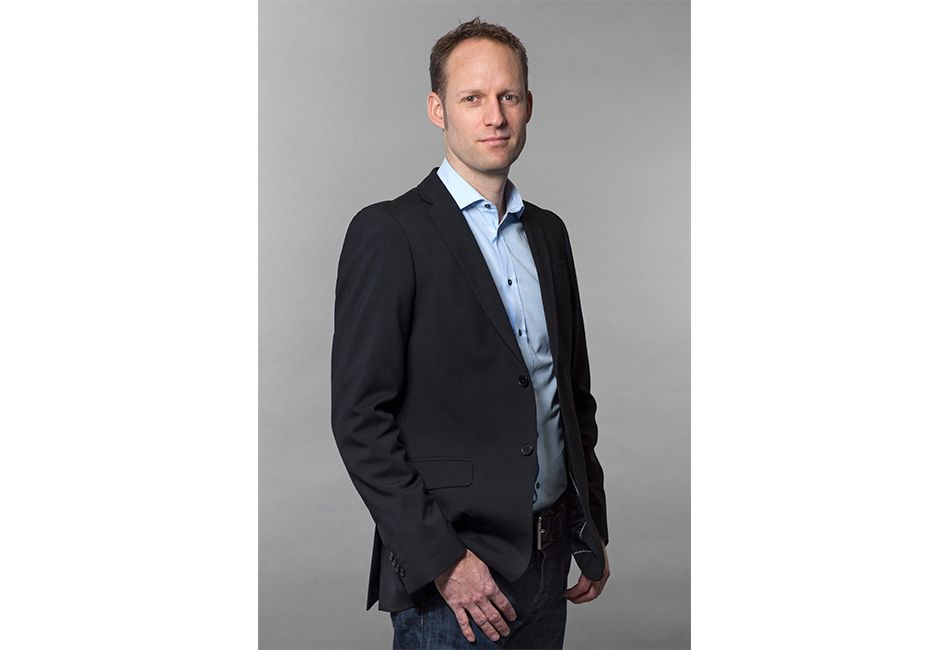“Dynamic partnership was the key to the success”
06.12.2017
 Adrian Berger, Managing Director Finance Solutions at Ergon Informatik, talks about his experience of the cooperation with VIAC.
Adrian Berger, Managing Director Finance Solutions at Ergon Informatik, talks about his experience of the cooperation with VIAC.
Interview for the expert article for Computerworld dated 6 December 2017
How did the collaboration between the start-up VIAC and WIR Bank come about?
Ergon Informatik had had a good experience of working with WIR Bank on other projects, so they applied to us again when we called for tenders for the VIAC project.
What technical obstacles cropped up during the project and how were these overcome?
The tight time frame was a major challenge for the project because the deadline could not be pushed back. The sale of pillar 3a products is very much a seasonal business. For that reason, we chose to use an agile process with close involvement of the customer on-site. To ensure that we can work fast in the right direction, you need a cross-functional team that marries business, engineering, UX and project management and covers all the necessary aspects. Integrating and connecting various third-party systems was also challenging. Although we knew the volume we needed to handle, we had to make certain assumptions about the semantics of the interfaces and test these out in the laboratory. You only find out whether these assumptions are correct once you have integrated the solution into the target environment.
By which point it might be too late ...
We began setting up the production and test environment right from the very start of the project, so the work ran in parallel with development. Our experience shows that it takes time to ensure all these systems are configured correctly. In this time-critical project in particular, working in parallel like this was essential.
Why does Ergon provide services for start-ups?
We have a lot of engineering-related experience in the finance sector and had also already worked on a comparable scenario for a similar start-up. We are used to working at a fast pace in dynamic conditions involving quick decision-making cycles between customers and engineering. With this type of collaboration, the customer takes a in-depth look at our business. As transparency is one of the company’s core values, we ensure that we put this into practice when interacting with our customers. Transparency is particularly important in such a tight time frame, because it conveys that the procedure is reliable and prevents incorrect decisions being made.
Some start-ups might end up as your competition in a few years’ time. Do you think you are at risk?
We take an interest in the success of Swiss start-ups because they invigorate our market. In this particular case, the customer brought business expertise to the table, but no IT expertise, so it was the latter they needed from us. If, however, they wish to develop their own IT themselves at a later time, we definitely won’t stand in their way. In our experience, start-ups come back to us later on if they are having scaling problems.
What have you learnt from the project?
With such a tight time frame, dynamic collaboration between all project partners really is essential. The clients, the areas of user experience (UX) and engineering worked together on-site on our project. The outcome of this was a solution that was more coherent and better than what the clients had envisioned at the beginning of the process. It was interesting that the UX team took on a very active role during the project and had a considerable influence when fleshing out the details of the project with the customer.